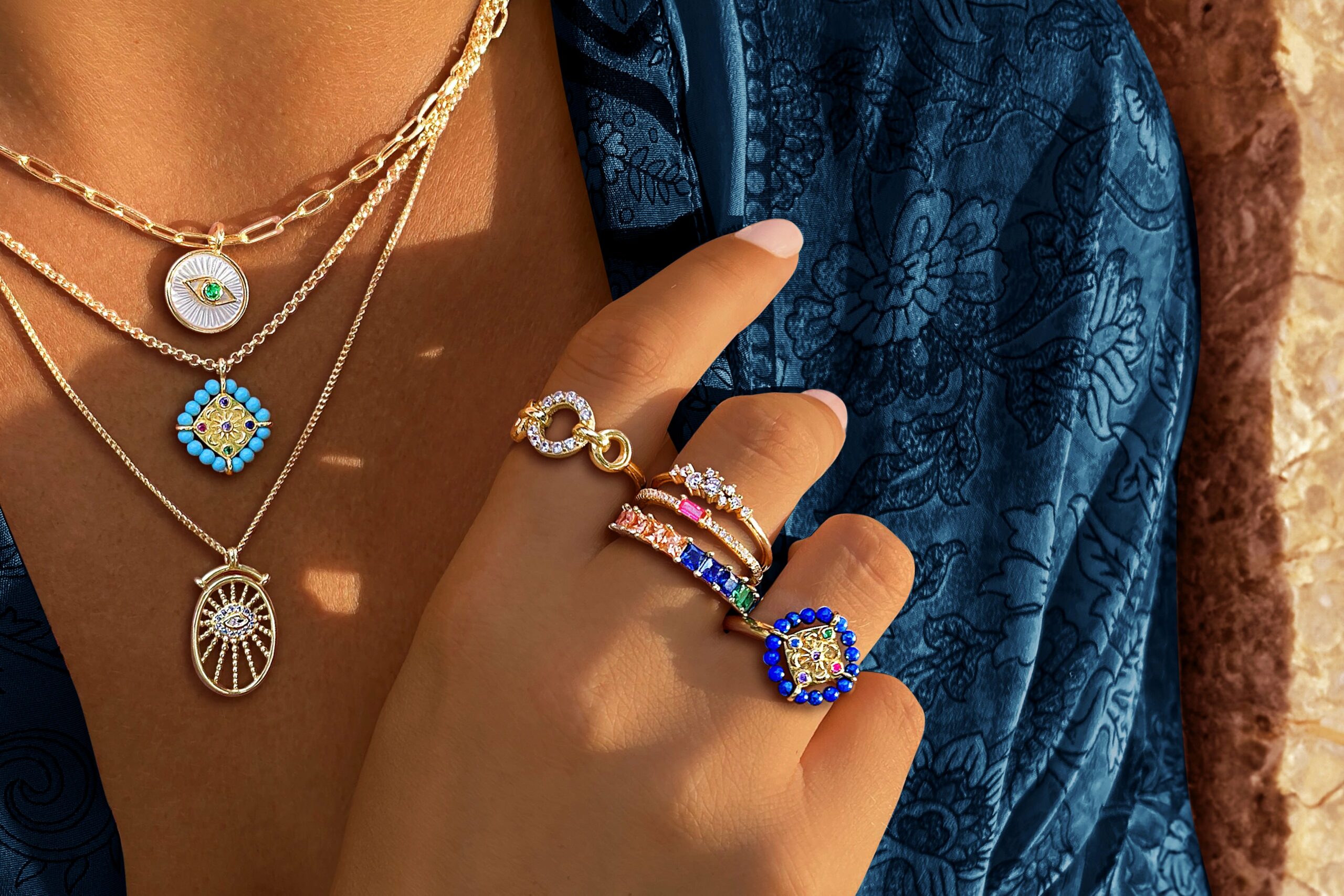
Jewelery companies in Estonia
Estonia, though a relatively small country, has a notable presence in the jewelry industry. Its market is driven by local craftsmanship, unique Baltic amber, and increasing international recognition. Here’s an overview of some prominent Estonian jewelry companies and the landscape they operate within.
1. The Role of Baltic Amber
Amber is one of Estonia’s most iconic materials, cherished in the jewelry sector for its warm hues and historical connection to the Baltic region. Known as “Baltic gold,” amber is a significant export product and a key component in many Estonian jewelry pieces. While amber is found across the Baltic Sea region, Estonia has been instrumental in refining amber into stunning jewelry that is both simple and intricate, with artisans drawing inspiration from the natural beauty of the material.
2. Prominent Estonian Jewelry Brands
1. Roman Tavast Roman Tavast is one of Estonia’s oldest and most respected jewelry companies, with a legacy dating back to 1923. Known for high-quality craftsmanship and innovation, the brand specializes in fine jewelry, custom pieces, medals, and corporate gifts. Roman Tavast’s expertise extends to designing and producing custom jewelry, emphasizing precision, and a blend of modern and classical aesthetics.
2. Tanel Veenre Tanel Veenre is perhaps the most internationally acclaimed Estonian jeweler. With a background in art and fashion, Veenre combines creative artistry with contemporary designs, producing unique pieces that often feature gemstones, wood, and organic materials. Known for his imaginative and whimsical style, his collections range from delicate rings and earrings to bold statement pieces. Veenre’s work appeals to both local and international markets, especially among those seeking jewelry as a form of personal expression.
3. New Vintage by Kriss New Vintage by Kriss is a modern Estonian jewelry brand known for its trendy and minimalist pieces. The brand was founded by Kriss Eglite, who emphasizes creating jewelry that empowers the wearer. Inspired by bohemian and minimalist styles, the jewelry often incorporates semi-precious stones, pearls, and silver, resulting in elegant, wearable pieces. This brand has a substantial online presence, reaching global customers through social media and e-commerce platforms.
4. Aurum by Pi-Ret Jewelry Pi-Ret Jewelry, marketed under the Aurum brand, is an emerging name in Estonian jewelry. Pi-Ret Mikk, the founder, focuses on using precious metals and stones in minimalist designs that reflect the natural beauty of Estonia’s landscapes. Her pieces are often simplistic yet modern, making them popular for everyday wear. Pi-Ret also creates custom designs, giving her clients an opportunity to have jewelry tailored to personal tastes.
3. Market Dynamics and Trends
Estonian jewelry companies generally emphasize sustainable practices and the use of locally-sourced materials. Many jewelers pride themselves on their eco-conscious approach, using recycled metals and ethically sourced stones. In addition, digital platforms are a growing avenue for sales, especially as Estonia is known for its digital innovation. Companies like Tanel Veenre and New Vintage by Kriss use e-commerce effectively, reaching both local and international clients through well-designed online stores and strong social media engagement.
Moreover, Estonian jewelry brands often focus on storytelling, incorporating local culture, folklore, and history into their designs. This approach resonates with customers seeking more than just aesthetic appeal but a sense of connection to Estonian culture.
4. The Influence of Design and Education
Estonia has several institutions dedicated to arts and crafts, including the Estonian Academy of Arts, which has fostered many talented designers and artisans who bring a fresh perspective to jewelry-making. Many Estonian jewelry brands reflect the minimalist, functional design philosophy that is popular in Northern Europe. This training, combined with Estonia’s rich cultural heritage, enables local designers to create jewelry that blends tradition with contemporary aesthetics.
5. Challenges and Opportunities
While the Estonian jewelry industry is relatively small compared to other European markets, it has potential for growth. Challenges include limited access to high-end materials and competition from established jewelry hubs. However, the rise of e-commerce and Estonia’s strong digital infrastructure give local brands a competitive edge, allowing them to reach global markets with relative ease.
In conclusion, Estonian jewelry companies blend tradition with innovation, focusing on high-quality materials, creative designs, and sustainable practices. With increasing recognition on the international stage, Estonia’s jewelry industry holds promising potential for further growth.



Leave a Reply